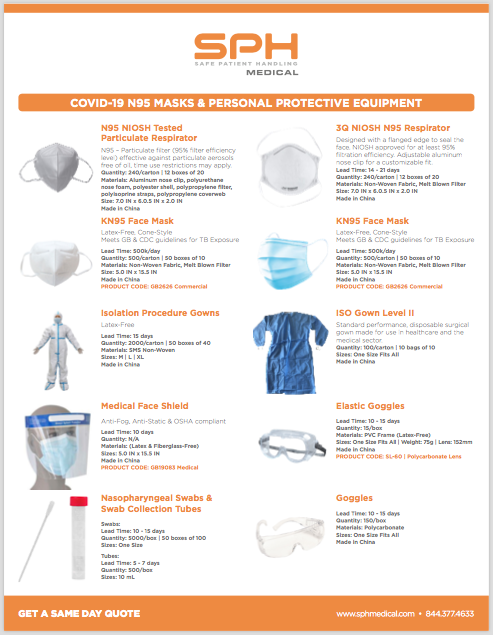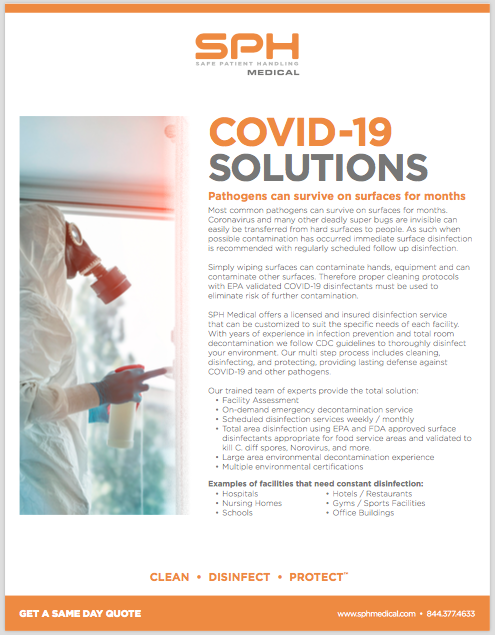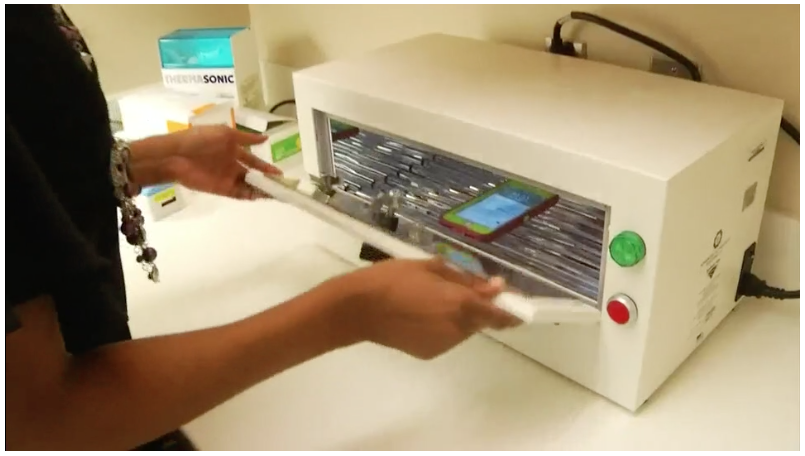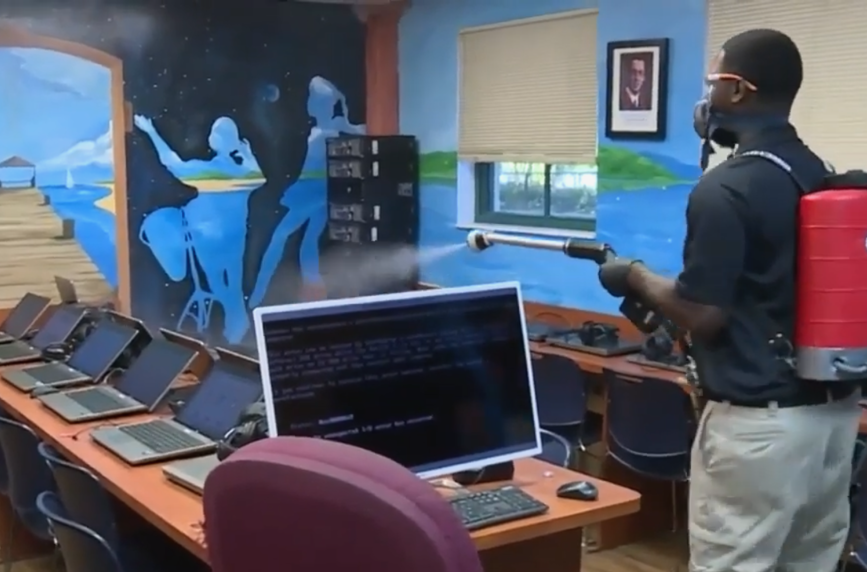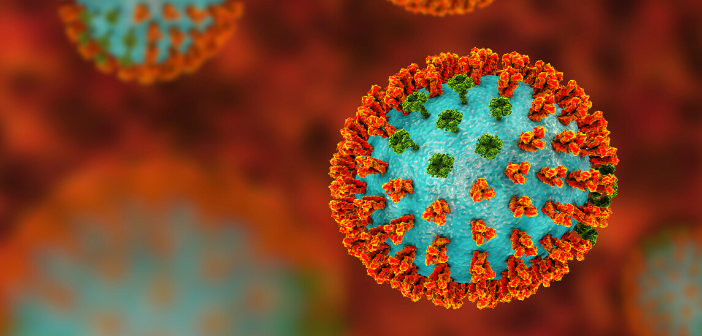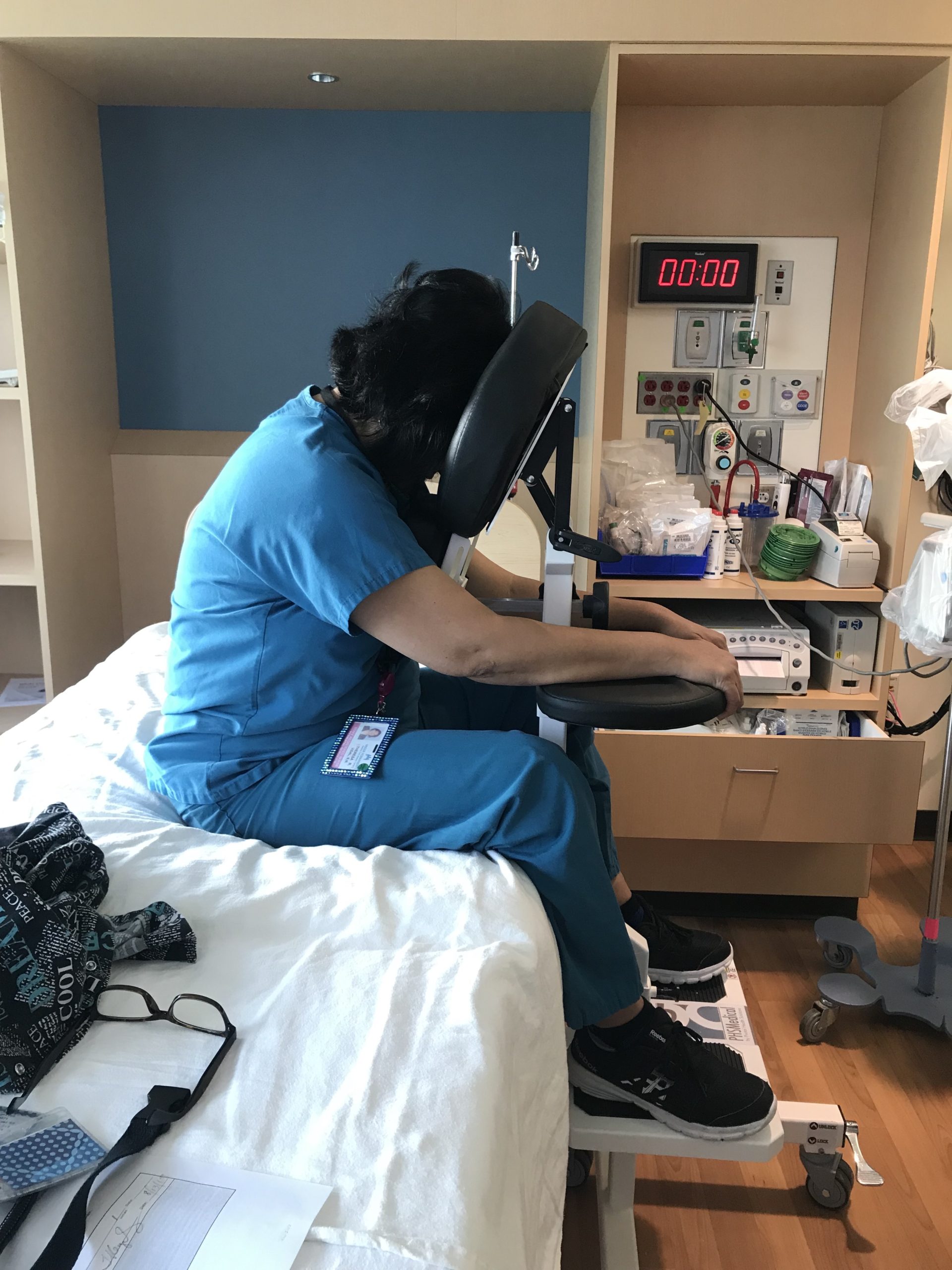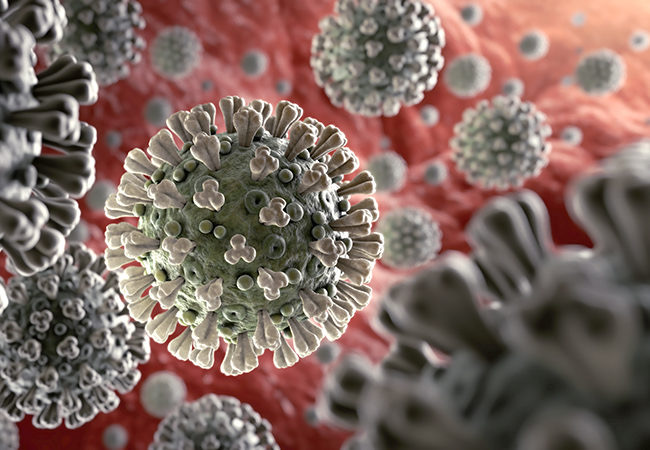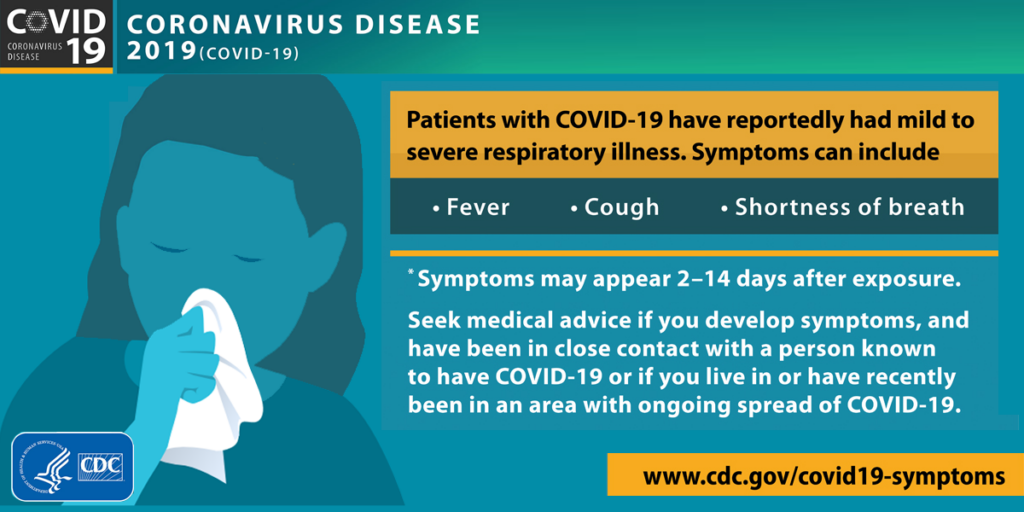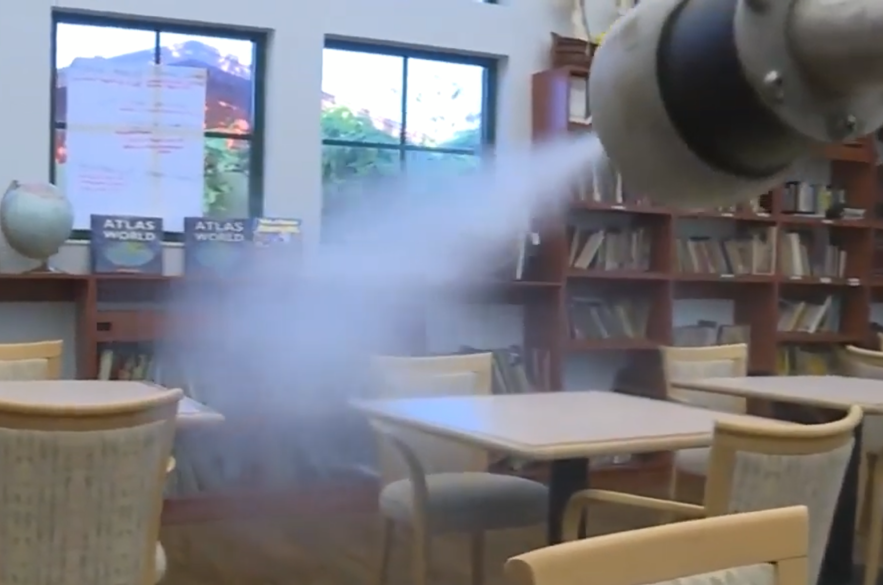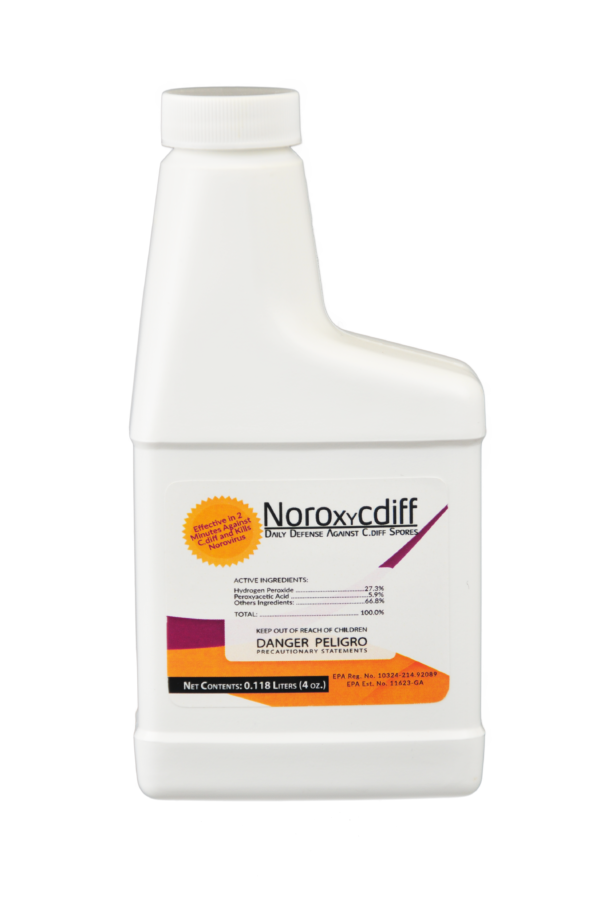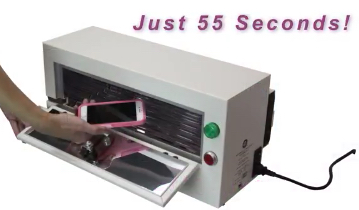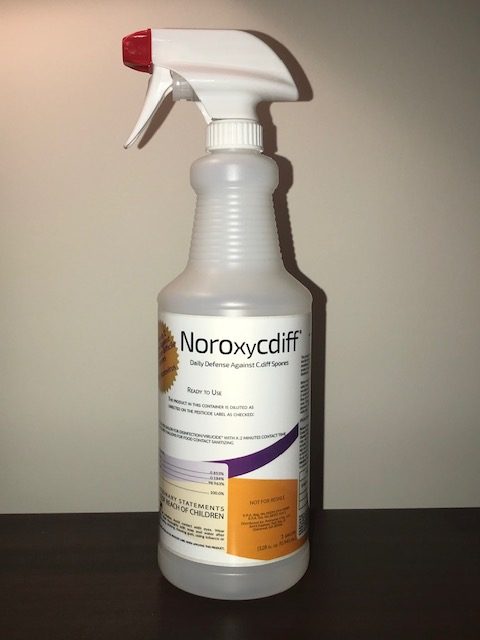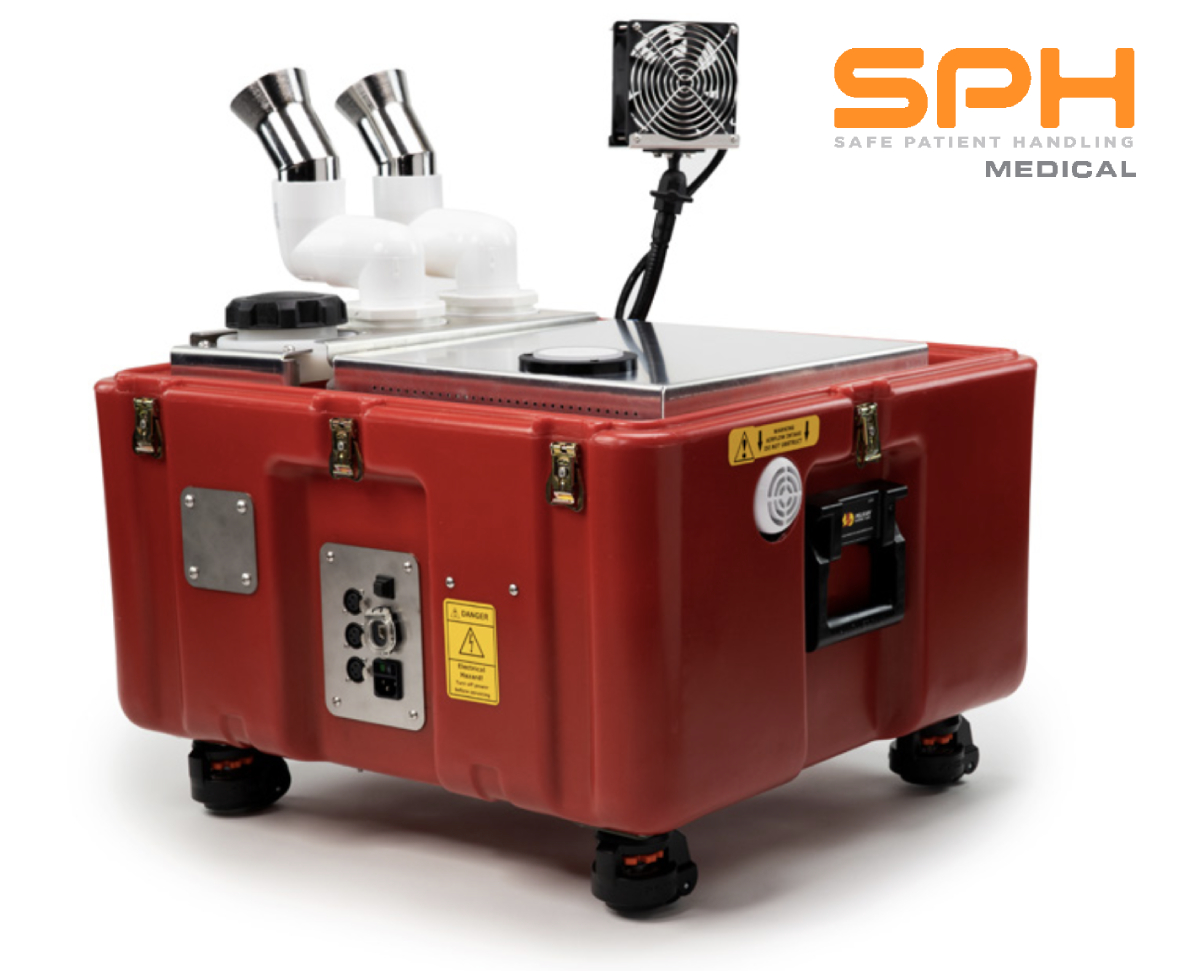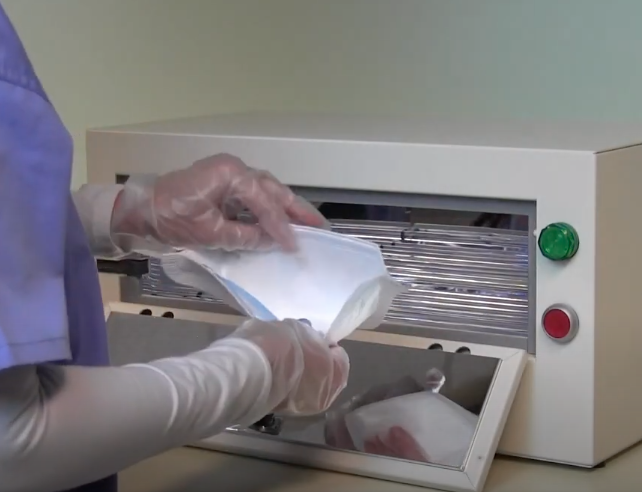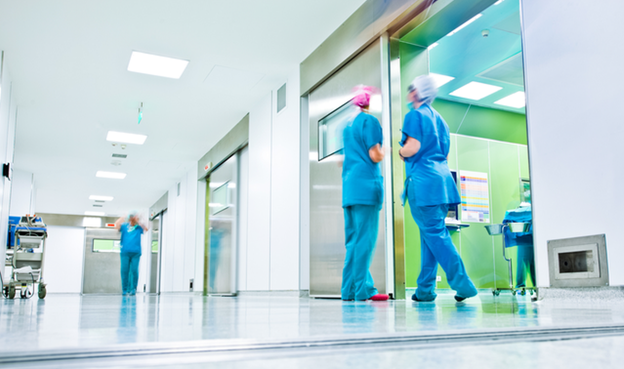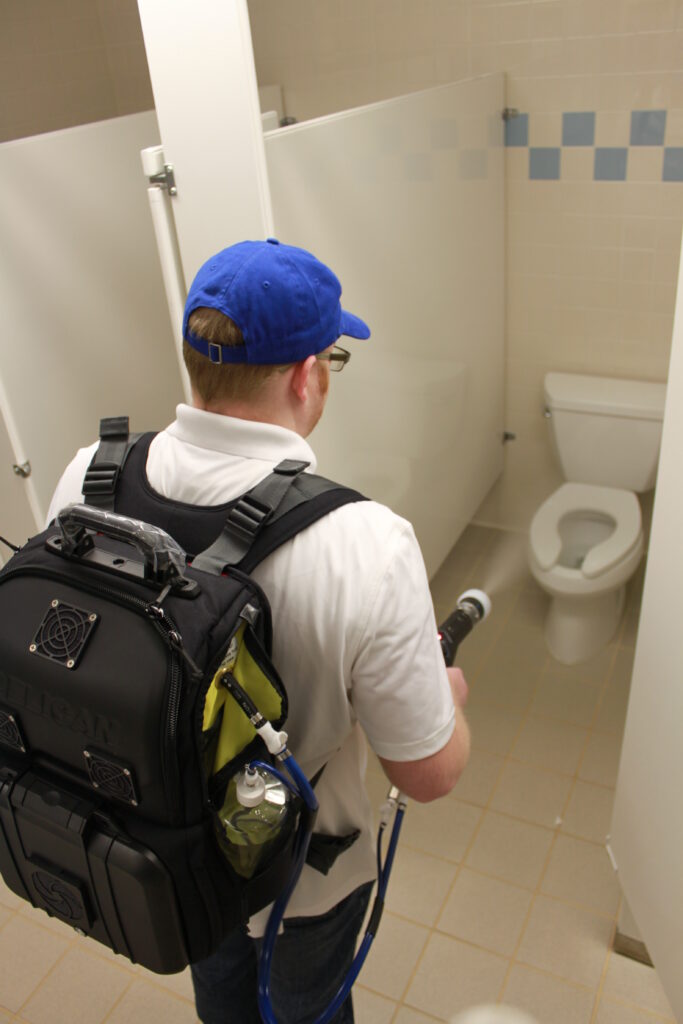As the COVID-19 pandemic continues to change our previously normal routines and business operations there are continued shortages of PPE like N95 Masks, 3Ply Masks, and Isolation Gowns. SPH Medical is actively working with the national N95 project to quickly provide needed masks and PPE to our frontline caregivers including nursing homes. Collaborating with companies like IPCWell, SPH Medical is breaking down the supply chain barriers to get this essential PPE into nursing homes rapidly where they desperately need it. IPCWell’s CEO, Dr. Buffy Lloyd-Krejci, is leading this charge to protect nurses and patients in Long Term Care and Post Acute facilities. SPH Medical’s President and CEO, Tony Coleman commented that IPCWell brings a passion and energy to infection prevention that matches ours and their vision to immediately and positively affect outcomes in Long Term Care is aligned with our commitment to every healthcare customer. Together we will be the change that this industry needs now.
Dr. Lloyd-Kejci stated that IPCWell has been working diligently to obtain PPE for our vulnerable healthcare settings. We have recently partnered with SPH Medical to secure bulk pricing, regardless of facility size. SPH Medical has available masks, gowns, face shields, hand sanitizer and other supplies that they are distributing rapidly to protect our nurses.
Our caregivers need solutions immediately. Contact SPH Medical or IPCWell to learn more about our supply chain advantages and PPE sourcing solutions and Infection Prevention Consulting.
IPCWell holds a regular weekly meeting to connect with Nursing Home leaders around the country to discus COVID-19. Please feel free to reach out to Dr. Lloyd-Kejci and join Thursdays at 3pm EST. Topics include
- The CMS infection prevention and control requirements, screening and testing criteria
- Personal protective equipment updated recommendations and obtaining supplies
- COVID-19 in your facility
- Implementing infection control practices for positive COVID-19 residents and staff
- Preventing the spread of COVID-19 between facilities
- Environmental cleaning
Join meeting https://lkcip.webex.com/lkcip/j.php?MTID=m92ef628e342f36763887a2654fc64673 Meeting number (access code): 969 586 814 Meeting password: SUPERHERO
About IPCWell
IPCWell is devoted to mitigating infectious diseases and inappropriate antibiotic prescribing in all healthcare settings to reduce adverse events, infections, antibiotic resistance, re-admissions, and death. With human centered design and new technology, healthcare’s rapidly approaching horizon feels very promising, but even the brightest minds, cutting edge innovation, and beautiful new models of care will be rendered ineffective if the fundamentals of infection prevention are not firmly in place. IPCWell is built of a dynamic team of professionals who share the vision and passion in achieving these goals.
SPH Medical helps healthcare facilities and businesses develop and implement disinfection and infection prevention strategies using the years of experience and expertise gained from disinfecting hospitals and healthcare facilities. We provide Safe Patient Handling solutions and COVID-19 essential PPE to frontline caregivers. Our service team provides on demand COVID-19 disinfection services and are on the front lines testing all available technology to determine practical application and value to our clients. Our hands on experience disinfecting critical environments allows us to recommend and implement manageable daily, weekly, and monthly protocols that help businesses demonstrate safety and confidence to their customers that the business environment is safe for them to come back to visit.



